The status of green finance stemming from recent impacts
The green economy has been identified as a central issue in the post-pandemic recovery policies of many countries to create new growth drivers, more jobs, and contribute to poverty reduction, heading towards sustainable development. To promote the greening of the economy, green finance is a special method that countries around the world consider to be of top importance.
 |
| Le Vu Thanh Tam from the Institute of Economics and Finance under the Academy of Finance |
However, green finance is still quite new in awareness and practice in many countries, including Vietnam. Therefore, receiving and exchanging experiences in green finance development between nations is extremely necessary in the current period.
Green finance has received great attention from investors, especially in the private sector. According to the Global Sustainable Investment report from 2023, total sustainable investment globally reached $717 billion in the first half of this year. Although this figure decreased by 7 per cent on-year, it was still higher than the second half of 2022 and still has growth potential over the whole year.
Europe, the Middle East, and Africa are the most resilient markets, with issuance in the first half of 2023 recovering from the second half of 2022, returning to levels comparable to 2022 and the second half of 2021. This is largely driven by the consistent evolution of a sustainable finance policy environment in Europe.
In contrast, the Americas saw a 21 per cent drop in green bond issuance in the first half of 2023 compared to the second half of 2022, a sequential half-year decline since the second half of 2021.
Although likely not a deciding factor, the landscape of voices against environmental, social, and governance (ESG) considerations has caused disruption, uncertainty and risk for both investors and issuers. Understandably, therefore, there is an extra layer of questions when it comes to issuing sustainable financial products.
The Asia-Pacific region also saw a decline in green bond issuance in the first half of 2023 compared to the previous period. Such a decline could stem from a generally more cautious global market. Green products are being seen as a key growth driver for the market, with significant growth in financial demand for decarbonisation as well as government support for clean energy adoption.
Green finance experience
Many countries believe that economic recovery needs to focus on long-term environmental sustainability at the same time as economic and social development. They have adjusted the implementation of green finance plans and strategies in the new post-pandemic context. Fiscal policy tools – including increased public spending as well as tax cuts – have become key plans in green recovery strategies.
In developed countries, especially Europe, programmes to promote green finance and ways to access capital for specific fields have been announced, focusing on green development and combating climate change along with maintaining sustainable development. The European Commission has proposed the Green Deal to limit global warming and ensure carbon emissions are significantly reduced. EU member aim to achieve carbon neutrality by 2050 and cut emissions by 50-55 per cent by 2030 (compared to 1990 levels), including incentives to encourage investment of the private sector.
Germany’s green recovery stimulus programme was approved by the National Assembly in July 2021 and amended in February 2023 to help the country be more ready for the green transition. This plan includes €3.3 billion ($3.47 billion) for the green industry and renewable energy and €1.5 billion ($1.6 billion) of investment towards renewable hydrogen at all stages of the value chain.
Several billions of dollars will be earmarked to support green transport, and yet more for a large-scale renovation programme in order to increase the energy efficiency of residential buildings.
Elsewhere, the UK government published its Green Finance Strategy for 2023 which states that an effective framework will ensure the financial sector has the appropriate information to manage the risks of climate change and nature loss. The target for the late 2020s and 2030s will require additional investment capital of up to £60 billion ($73 billion) per year.
This funding will support the sectors and technologies of the future, allowing traditional sectors to adapt and grow as part of the transformation and providing a significant opportunity to level up the UK, including areas with industrial heritage.
Developing countries are being heavily impacted by climate change and recognise the need to transform their economies towards greener and more sustainable ones. The countries’ governments are developing policies to encourage green finance and devote more resources to meeting the needs of green finance development.
In ASEAN, total green investment capital reached $12.8 billion in 2022, accounting for one-quarter of the cumulative green investment amount since 2016 (lower than 32 per cent in 2021). Meanwhile, the total number of green capital lending organisations in the region reached 45 units in 2022, only about half the number in 2021, nearly 20 per cent lower than in 2020 and equal to 2019.
This shows the average amount per issuer increased significantly in 2022 ($535 million in 2022 compared to the previous peak of $361 million in 2019). Singapore led the region in total green debt issuance, with a scale of $9 billion, accounting for 75 per cent of the total.
In March, ASEAN announced Version 2 of the ASEAN Taxonomy on Sustainable Finance. It provides technical screening criteria for the energy sector and identifies carbon capture, utilisation, and storage as one of the sectors with significant support for environmental goals.
The programme to support the development of renewable energy and infrastructure in South Africa began in 2020 to support the promotion of private sector investment in renewable energy, with a total capital of $14 billion for 64 projects. It has had some initial results, such as significantly reducing the average cost of solar and wind power, creating around 40,000 jobs for young people and women, and reducing carbon emissions down to 33.2 million tonnes.
Developing a green system
According to the Organisation for Economic Co-operation and Development in 2020, to ensure a sustainable economic recovery from the pandemic, financial policies need to be designed to trigger investment from the private sector and behavioural change to increase society’s resilience to future shocks.
Firstly, policymakers need to improve the traditional green finance support system and promote capital flows from the private sector through expanding green certifications and tax support. Prime examples would be basic interest rate support for green loans combined with loosening regulations and tax exemptions for businesses and projects that have good impacts on the environment and society.
Governments and localities should consider creating national and local green funds to reduce risks for projects related to recovering and protecting the environment after the pandemic. In addition, the government has to implement preferential policies on taxes, fees, and financial loans to push businesses to invest in technological innovation towards green technology and jobs to create advantages for them in the industrial competition in the market.
Moreover, the government should continue to research and implement policies to encourage and help production and business sectors using technology and clean energy through other channels such as legal documents, procedures, favourable investment mechanisms, as well as capital and land support.
Secondly, faced with a limited state budget, it is necessary to diversify the methods of attracting financial resources for green growth, and from there create a premise to form a favourable environment for the private sector to invest in climate change and green growth. Additionally, it is crucial to increase investment under public-private partnerships, as the state budget resources for investment in this field are limited.
Policy discussions with the private sector on collaborative opportunities can push for business alignment with government priorities. Large-scale projects requiring public-private partnerships have the potential to attract the assistance of multinational companies to maximise their impact and lead to benefits for all industries.
Achieving the greening of the economy requires a combination of government incentives, investment capital and support measures to ensure a smooth, sustainable economic transition.
Finally, to improve transparency in green finance markets and promote more informed investment, lending and insurance underwriting decisions, the government and relevant ministries need to improve information disclosure policies on carbon emissions and ESG parameters.
Relevant ministries and sectors need to organise training sessions and publish guidance, and build a common platform to share knowledge between businesses and investors, insurance companies, the government, non-governmental organisations, and regulatory agencies.
At the same time, the government should contribute to the development and standardisation of safety reporting requirements and advocate the use of green indexes.
When businesses are required to mandatorily disclose ESG parameters, market participants, investors and governments will receive more quantitative and qualitative information. Through this, institutional and individual investors can have a complete assessment of business risks and motivation to invest more in the green industry.
 | Green finance development and promotion for Vietnam Vietnam is in the process of formulating policies to develop green finance markets. Nguyen Ba Hung, principal country economist from the Asian Development Bank in Vietnam, spoke to Thanh Tung about the opportunities and challenges of green finance development in the country, and policy recommendations. |
 | Green finance must be unlocked to develop The banking sector has been urged to unlock viable green finance to attract a broader investor base to facilitate its green transition. |
What the stars mean:
★ Poor ★ ★ Promising ★★★ Good ★★★★ Very good ★★★★★ Exceptional
 Tag:
Tag:
Related Contents
Latest News
More News
- MoIT advises caution over residential solar systems (May 03, 2024 | 17:34)
- Reduction and recycling contribute to effective water stewardship at BAT Vietnam (May 03, 2024 | 10:31)
- Rooftop solar power puts IPs on the map (April 30, 2024 | 16:00)
- Nestlé Vietnam promotes initiatives on emission reduction (April 26, 2024 | 17:25)
- TCP Vietnam promotes sustainable development (April 26, 2024 | 16:55)
- Outlook positive for Vietnam's wind power (April 23, 2024 | 14:17)
- Australia and Vietnam to develop competitive electricity market (April 19, 2024 | 18:31)
- Sustainability Economics working with ACI to phase out coal (April 19, 2024 | 14:42)
- The keys to a just energy and coal-fired transition (April 17, 2024 | 10:41)
- New USAID and Standard Chartered deal promotes clean energy in Vietnam (April 17, 2024 | 08:00)






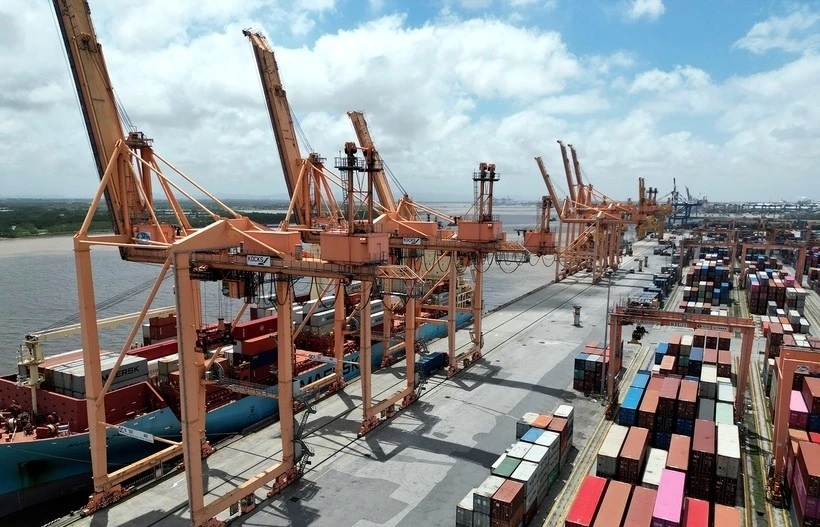


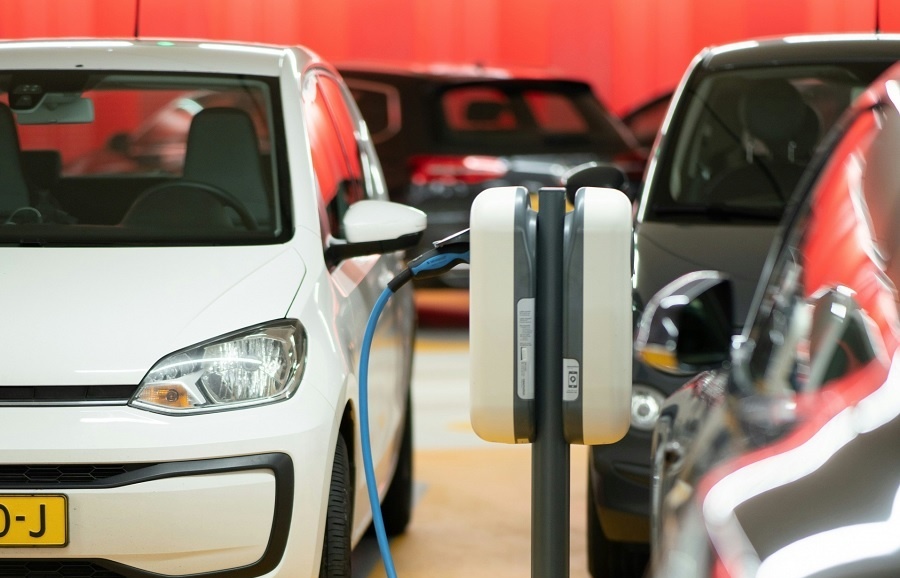


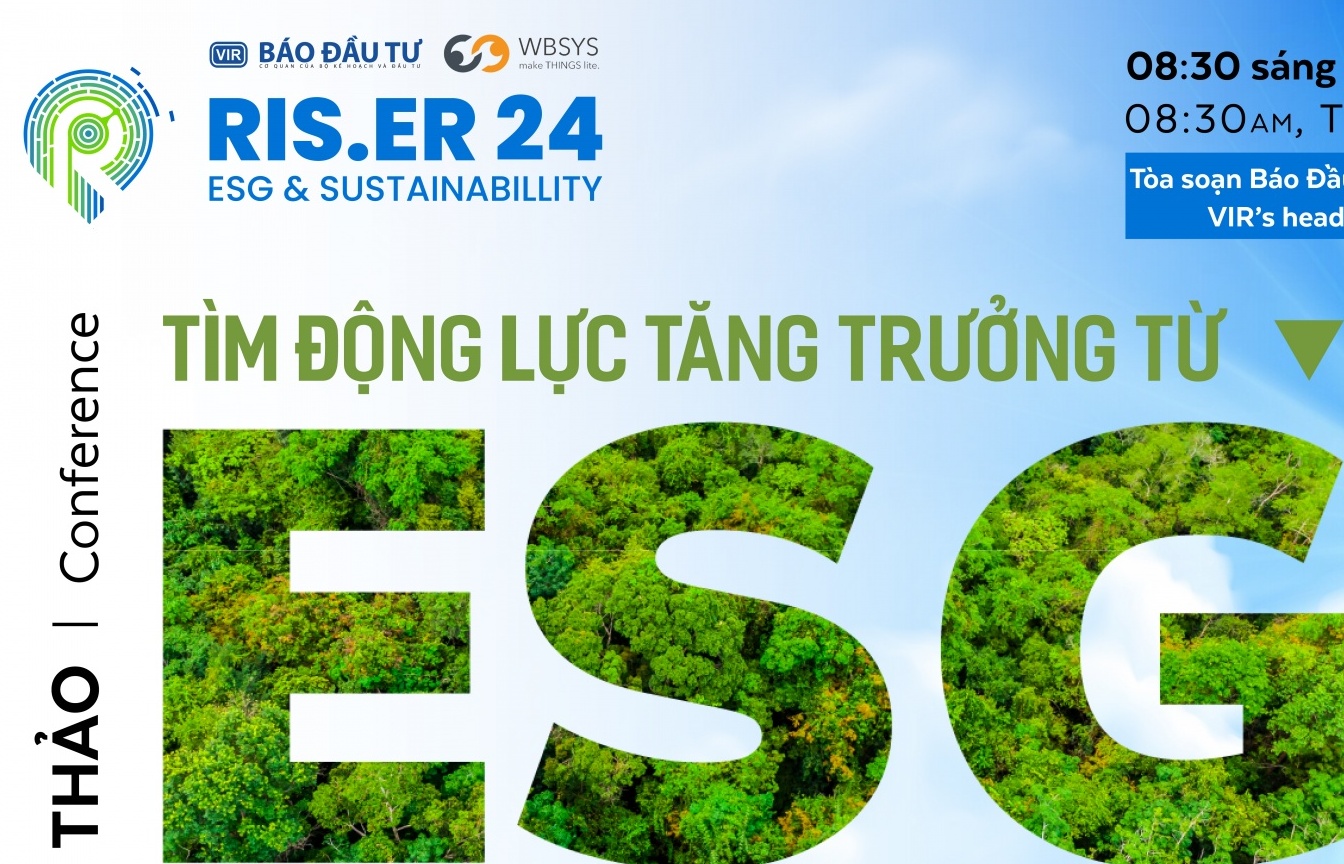
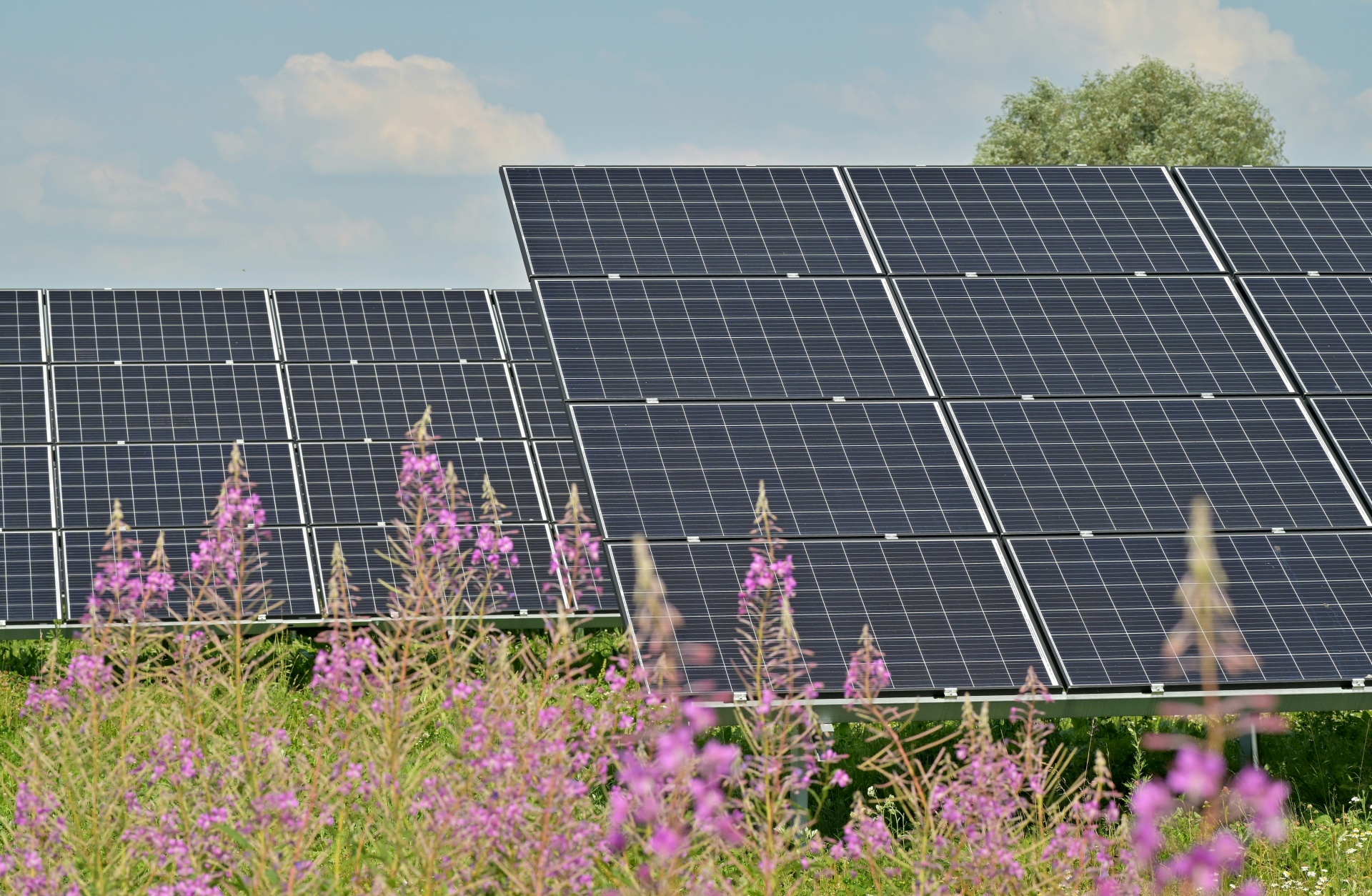



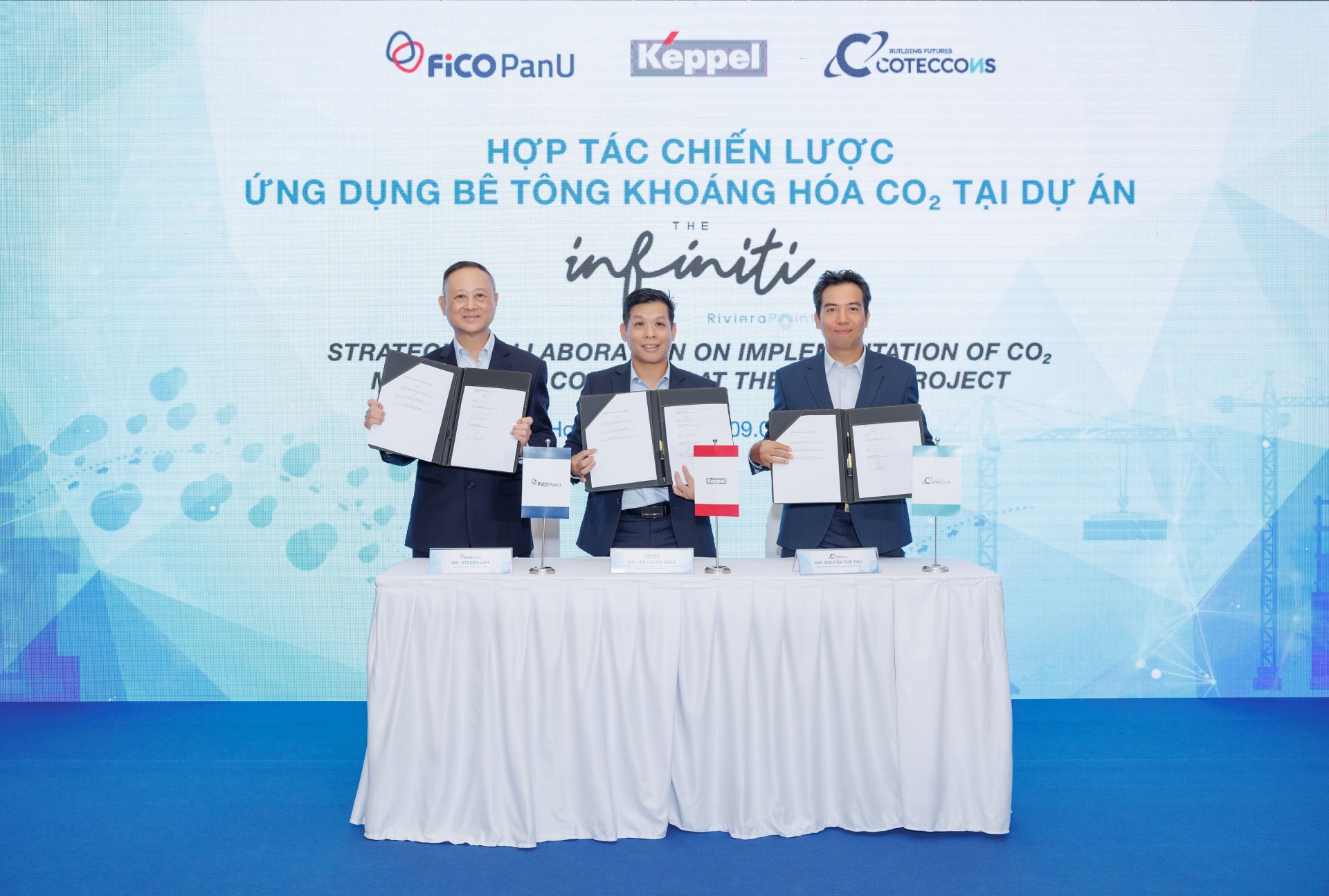
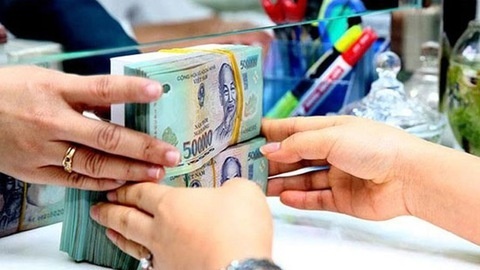
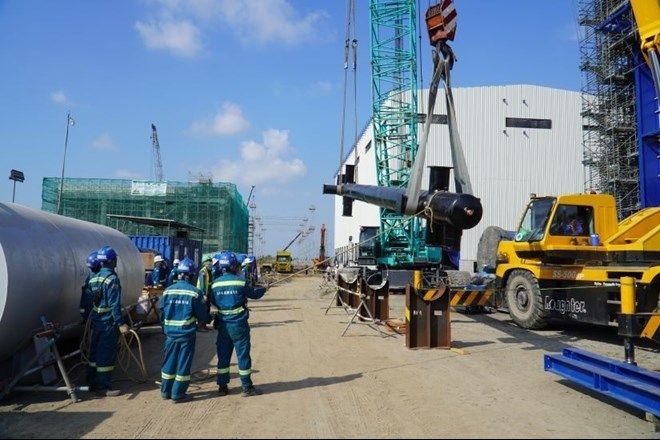




 Mobile Version
Mobile Version